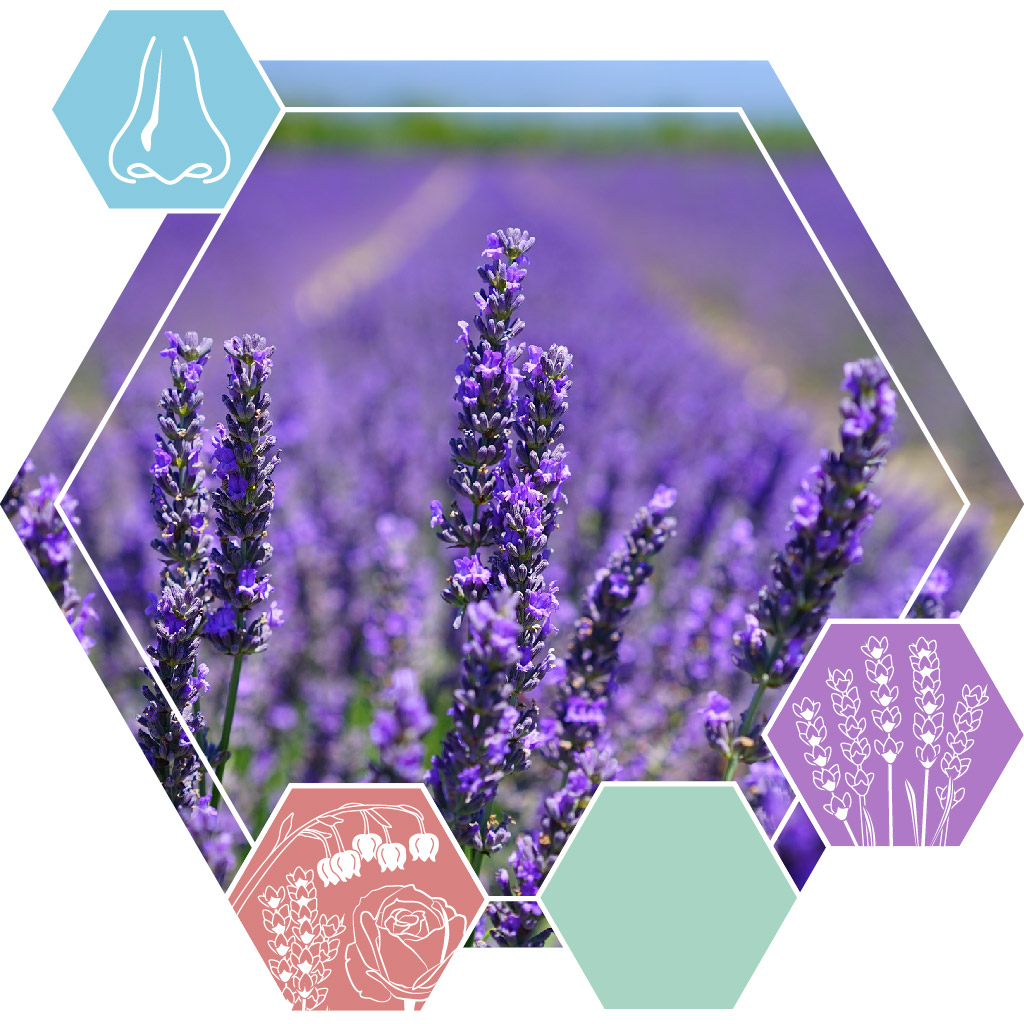Fragrance raw material
Description
Linalool is an aromachemical for use in, for example, perfume, cosmetics, soap, candles, air fresheners.
Attention!
Please read all information below and the general product information before purchasing.
Not intended for use in food, vape liquids or other internal use.
Intended to be mixed with other fragrances: on its own the scent can be dull or even unpleasant.
Do not use undiluted on the skin: it is a raw material, not a finished product.
Use
Linalool is an extremely versatile fragrance. If you were to make a top ten of the most versatile fragrance materials or most commonly used fragrance ingredients, linalool would be in it. The reason for this is, among other things, the scent, which has aspects of flowers, citrus, herbs, greens and fruit. Most people find the fragrance pleasant, but this fragrance also mixes well with many other scents. On fragrance compositions it has a kind of unifying effect, like a varnish that closes small holes and cracks. It may be for this reason that many perfumes contain linalool, less than 5% linalool is almost uncommon.
The scent is not particularly strong, undiluted use is common. You usually use between 2% and 20% of this substance in the fragrance composition. In perfumes it is mainly a top note, it is stable in most products, including soap.
Store in a cool, dry, dark place and out of the reach of children.
Properties
Linalool is a colourless to pale yellow liquid at room temperature. The purity is at least 97% and the substance has a fairly long shelf life. It occurs in nature, it is found in many types of essential oil. We supply a synthetic version, in most cases from the German Symrise.
Technical details
Density: 0,86
Log p: 2,9
Vapor pressure: 27 Pa
Melting point: - 74 °C
Boiling point: 196 °C
Molar mass: 154
Packaging
The 10 and 50 ml packaging is made of brown glass with a black cap. The 250 g and 1 kg packaging is made of aluminium with a white cap. Closing is always with regular caps, for dosing small quantities we recommend the use of plastic pipettes.
Sustainability
This fragrance can be made from both vegetable and petrochemical substances. Unfortunately we don't know which one. The degradability in the environment is reasonable and this substance is not very harmful to aquatic organisms.
Dangers
Linalool is classified as a hazardous substance, with the following characteristics:
WARNING
H315 - Causes skin irritation.
H317 - May cause an allergic skin reaction.
H319 - Causes serious eye irritation.
Linalool is a known allergen, which is among the 26 allergens that must be declared on cosmetic packaging in certain cases.
Codes
Item number: 23033
Dutch name: Linalool
EC number: 201-134-4
EU CAS number: 78-70-6
CAS number TSCA: 78-70-6
FEMA number: 2635
INCI: LINALOOL




